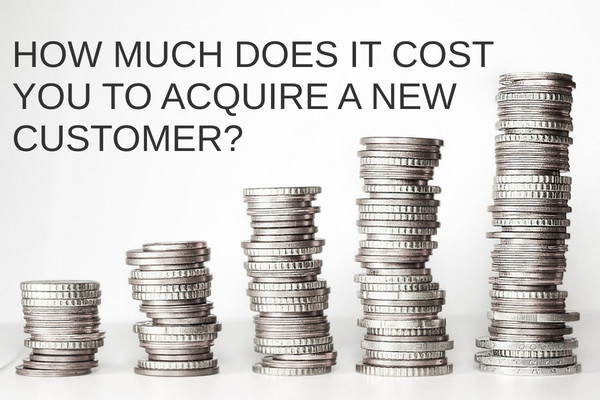How Much does it Cost You to Acquire a New Customer?
 All businesses focus on acquiring new customers to grow their sales year over year. If you have calculated the LTV of your customer, how do you know if acquiring a customer will be a profitable proposition? We have a tendency to increase our marketing budget in times when we are making a lot of profit and decrease it in leaner times.
All businesses focus on acquiring new customers to grow their sales year over year. If you have calculated the LTV of your customer, how do you know if acquiring a customer will be a profitable proposition? We have a tendency to increase our marketing budget in times when we are making a lot of profit and decrease it in leaner times.
Let’s view your customer acquisition strategy as an ATM machine. You deposit a $10 bill in the ATM and it immediately gives you a $20 bill back. How often would you insert $10? If you’re like most people, you would never leave and just keep putting $10 bills into the ATM as fast as possible.
On the flip side, what if you deposited a $10 bill and it returned a $5 bill? That would probably be the only time you visit that ATM. This happens in your business every day, but you don’t know whether you are receiving $20 or $5 dollar bills. In the first example, you would have an unlimited marketing budget.
If you knew exactly how much it costs to gain a new customer and the investment was less than the profit from the first sale, would you invest more into your sales and marketing budget? If you knew the actual cost of acquiring a new customer, would you invest based on how much money you currently have or how many new customers you want to gain? Looking at customer acquisition strategies is just like the ATM example.
How much does your organization invest to acquire a new customer and how can you minimize that investment?


 irteom
irteom